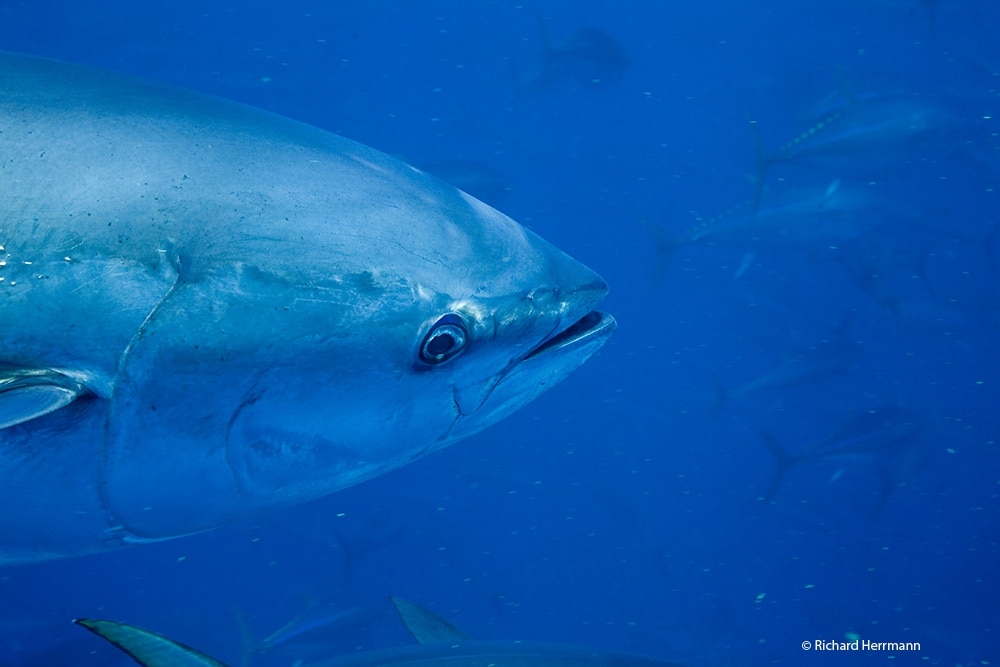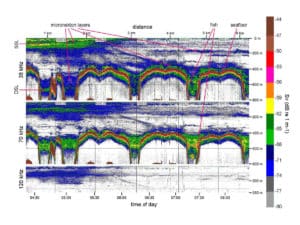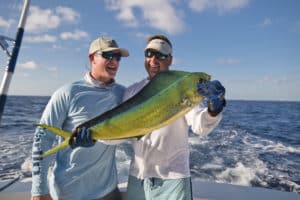
bluefin
The future for Atlantic bluefin tuna is looking somewhat brighter, thanks to new measures proposed by the National Marine Fisheries Service to better protect stocks of the vulnerable, icon apex predator.
For that, sport fishermen have reason to be pleased (a feeling that recent decisions of the feds haven’t often invoked).
The proposal, known as** Draft Amendment 7** to the Atlantic Highly Migratory Species Fishery Management Plan, would close two new areas to longline fishing, which kills many tons of bluefin tuna as bycatch on the thousands of baited hooks meant widely for yellowfin and swordfish. A small area in the northern Gulf of Mexico would be closed to longliners during spawning time in April and May and off the North Carolina coast from December through April.
An annual cap would limit the total number of bluefin the longline fishery could take in a year.
So I’m happy to share some positive news — too rare in fisheries management these days.
However, this news isn’t as good as it could — or should — be, says Ken Hinman at Wild Oceans.
Hinman, a widely respected and tireless voice for the protection of pelagic fishes for decades, says the proposal falls short in two areas. First, the small area in the Gulf of Mexico needs to be expanded to include the entire northern Gulf. Second, Hinman says the proposal’s bycatch cap is set far too high and should be reduced by about half — to 8 percent of the U.S. quota. That still allows 75 metric tons of bluefin as longline bycatch.
I urge everyone reading this to let NMFS know that the agency needs to strengthen Amendment 7 by expanding the Gulf of Mexico closed area and capping the bluefin bycatch significantly below recent levels. And you can do it in less than one minute (I timed myself) by clicking on this action alert.
Let’s do whatever we can to keep up the positive momentum for the protection of our bluefin stocks.






